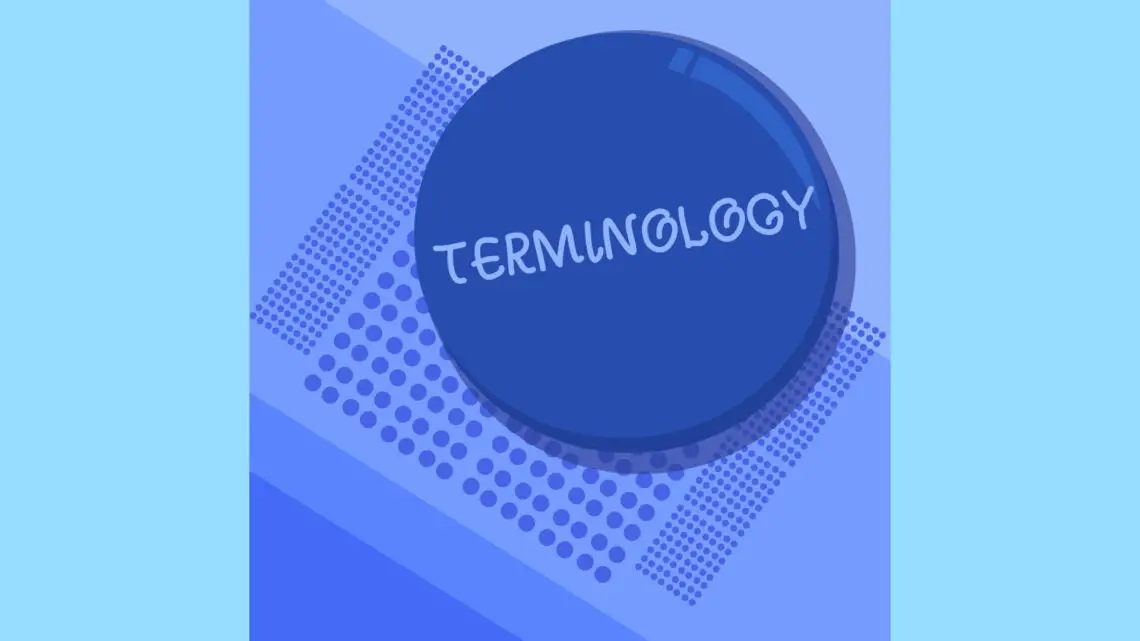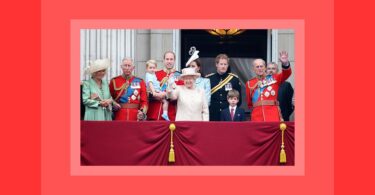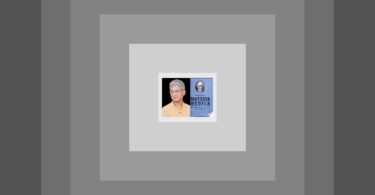Part 3 – Dynamic Resonance
Dr. Hahnemann’s system is based on the understanding of the dynamic nature of health and disease, which means that there is an animating essence which is the effective actor in both. All matter, as well as substance (and substance is not matter, as in “the substance of his message”) contains an essence, a essential something that is its very nature. This is often referred to as the “genius” of the thing. Hahnemann used the term genius at one point to refer to the Dynamis or Living Principle, so that we can connect the essence of life with its dynamic inner content. This is what makes Hahnemann a member of the Dynamic System of Thought and not a vitalist. Hahnemann also used the term wesen to refer to this essence, or inner nature in the case of human beings, medicines and disease.
Thus, the core of his system of remediation involves the profound understanding that health and disease are based on a dynamic resonance between the inner living content or wesen of different things. It is only the wesen of a disease agent that can directly affect the generative power and engender disease, and it is only the generative power that can become impregnated by another disease wesen. The disease wesen affects the human wesen, or Dynamis, through its generative power and this then produces a new disease inside the human wesen, which weakens the generative power. Some diseases are self-limiting, but others are more protracted in nature and can become chronic, and then also degenerative (we’ll have more to say later about Hahnemann’s comprehensive nosology).
The similar resonance of the medicinal wesen with the disease wesen results in the annihilation of the disease. Thus, the medicine does not support the efforts of the body to get rid of the disease (which is the role of various regimenal support measures on the basis of the law of opposites and involving the sustentive power) but instead directly destroys it. This becomes important later in understanding that the similar medicine treats the disease, and not the patient (except in the indirect sense).
Glossary Contribution 3
Wesen: the inner essence, nature or genius of something; the dynamic aspect of a thing that has the power to affect other wesen. It is the disease wesen (whether natural, artificial or spiritual) that affects the human wesen and is the basis both for disease and for remediation (using artificial disease wesens according to the law of similar resonance).
Disease: an inimical wesen that is capable of affecting the generative power of the human wesen and engendering a new disease wesen.
Medicine: an artificial disease wesen that can be used safely according to the law of similar resonance to destroy a disease wesen, through its equal ability to affect the generative power wherein the disease is lodged. The medicine has the power to penetrate the generative power at all times in all individuals, whereas the disease has only the power to engender where there is a predisposition. The process of creating the medicine involves dynamization and potentization
(more on this later)
# # #
Rudi Verspoor is Dean and Chair Department of Philosophy Hahnemann College for Heilkunst, Ottawa. He served as the Director of the British Institute of Homeopathy Canada from 1993 to early 2001 and helped to found and is still active in the National United Professional Association of Trained Homeopaths (NUPATH) and the Canadian/International Heilkunst Association (C/IHA).
Part of his time is spent advising the Canadian government on health-care policy and in working for greater acceptance of and access to homeopathy. His publications include:
Homeopathy Renewed, A Sequential Approach to the Treatment of Chronic Illness (with Patty Smith);
A Time for Healing; Homeopathy Re-examined: Beyond the Classical Paradigm (with Steven Decker);
The Dynamic Legacy: Hahnemann from Homeopathy to Heilkunst (with Steven Decker).
Visit his website at http://www.heilkunst.com/




